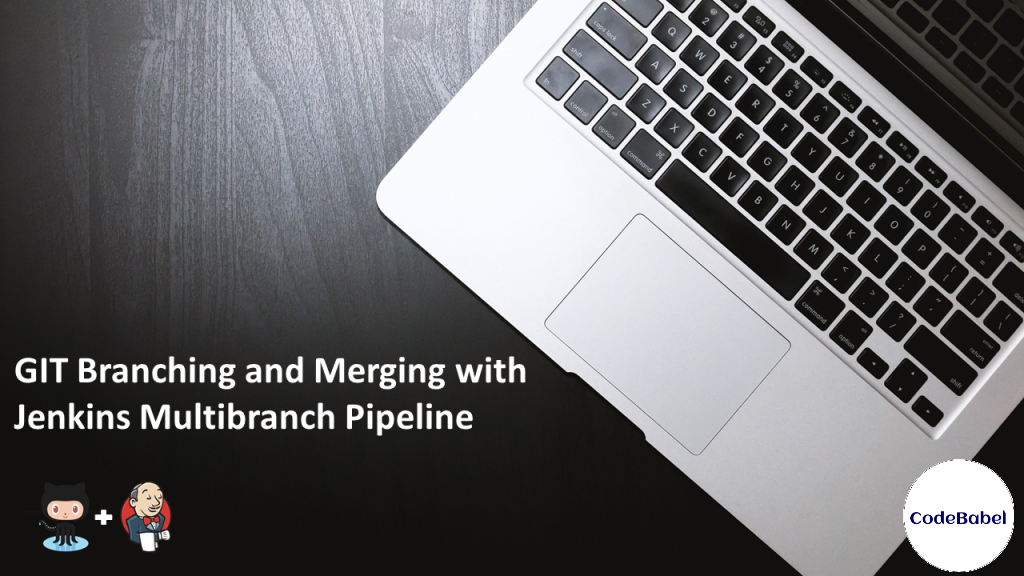The concept of branching and merging in Source Code Management tools like GIT is very important for delivering larger and complex applications. Branching is required in order to achieve a parallel or concurrent development of the code. Too many branches may make development very complex or too few may hinder faster development. The right branching strategy makes it easier to deliver the code especially for teams working in agile, which involves a multi-developer environment with shorter delivery time, without stepping over each other’s code.
Now, let’s talk about the evil twin of branching – the merge. Merging the code as early and as often as possible, corresponds to a step closer towards achieving Continuous Integration and Continuous Delivery.
In this article, we will discuss the branching and merging strategy using GIT which will work well for agile teams. We will also see how Jenkins Multibranch Pipeline compliments it to give a seamless Continuous Integration experience.
Below are the things we will discuss in this article:
- Why GIT?
- Why Jenkins Multibranch Pipeline?
- Basic GIT Branching and Merging Model
- Overview
- Setting up a Sample GitHub Repository and Multibranch Pipeline Project
- Creating our first Pull Request
- Conclusion
Why GIT?
The main advantage of GIT is that the concept of branching and merging is extremely cheap and simple. Hence branching and merging the source code need not be scary anymore.
Below are a few other advantages of GIT.
Distributed Version control: In GIT, every developer has a copy of the entire repository with the entire history of changes. As a result, it will allow developers to work productively resulting in faster development. This is because there is no need to communicate with a central server every time
##backtobasics #continuous integration #devops #source code management #branching #ci #git #github #jenkins #merging #multibranch #pipeline #scm #shell #sourcecode
